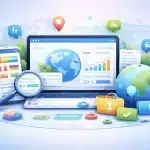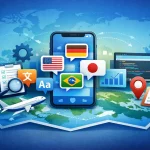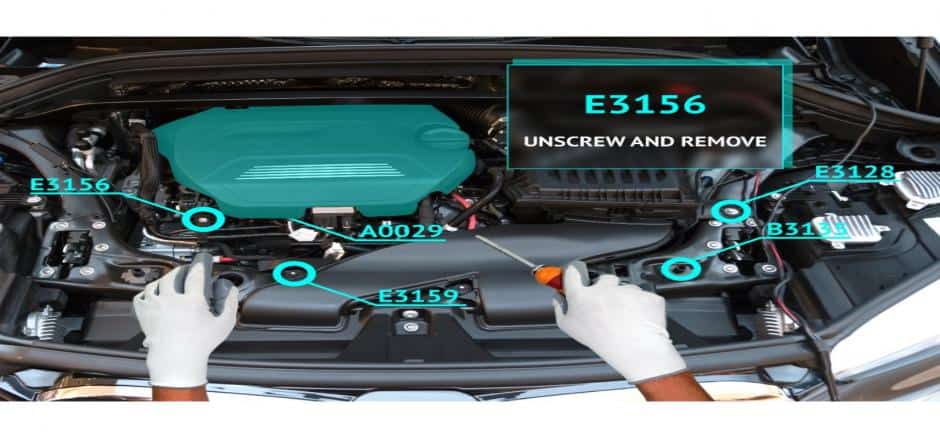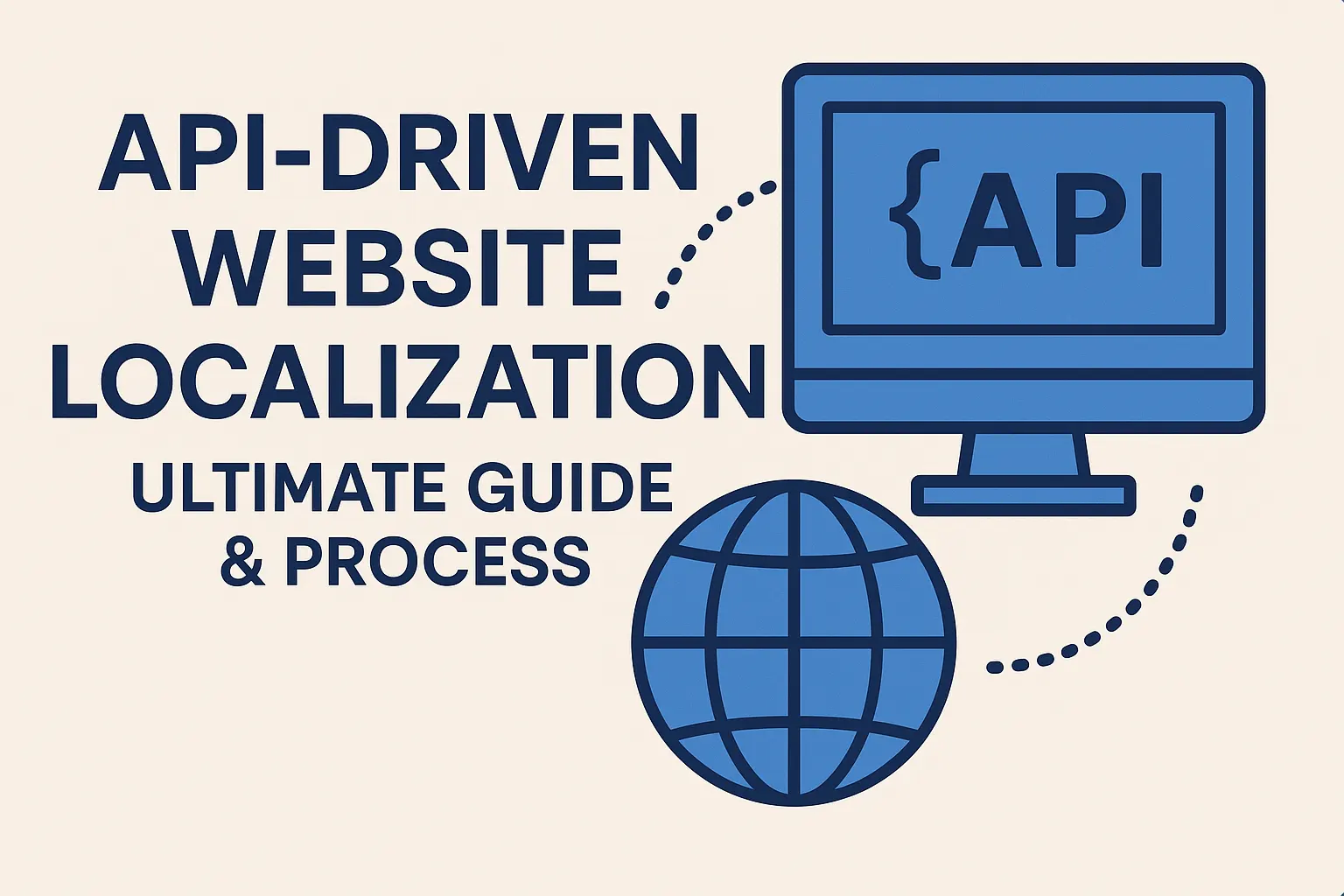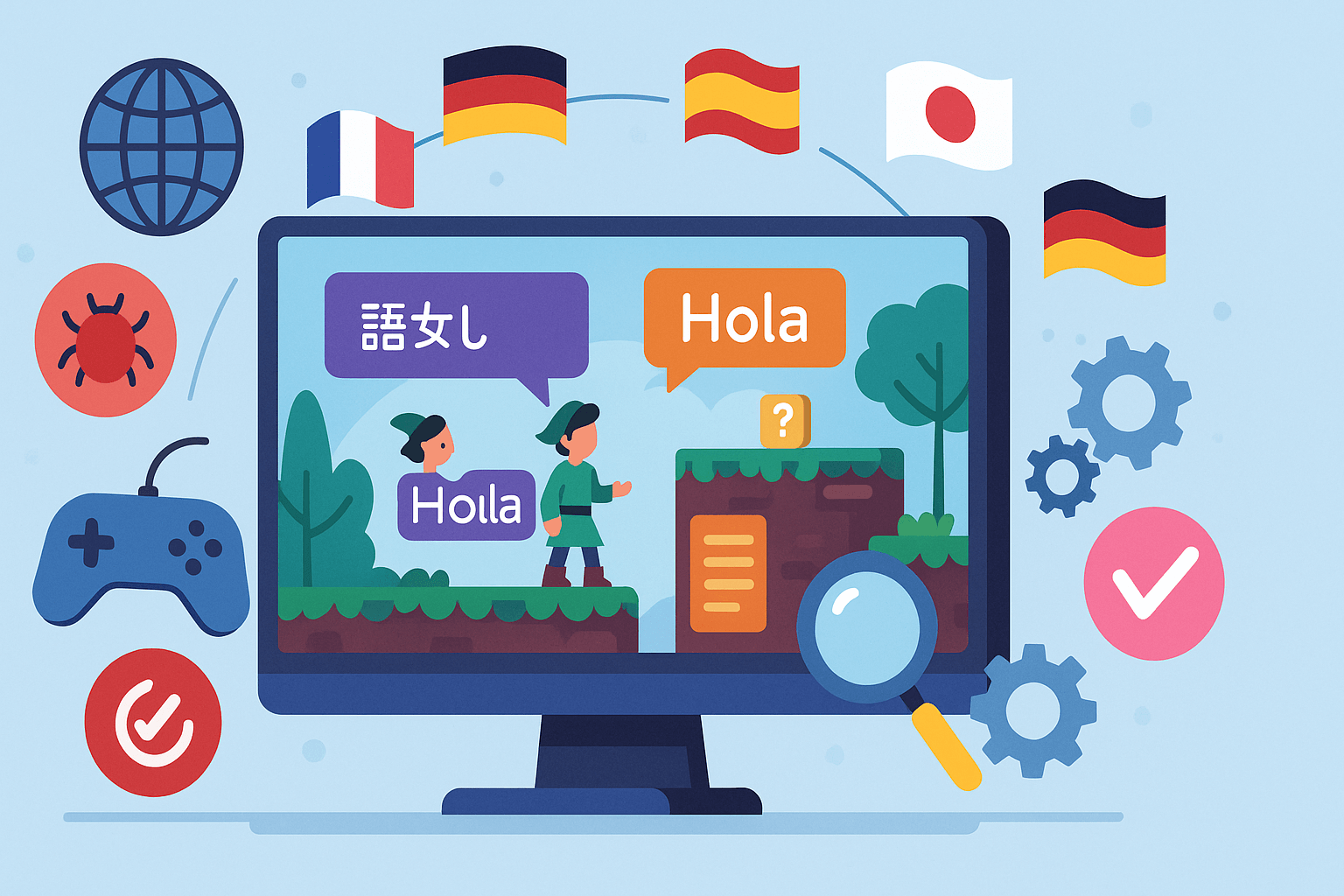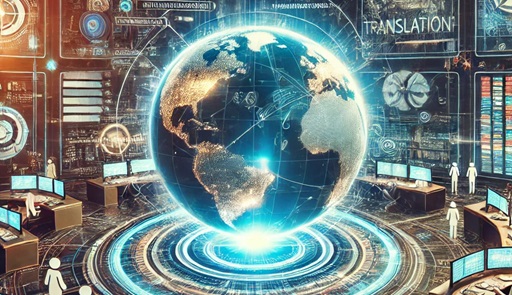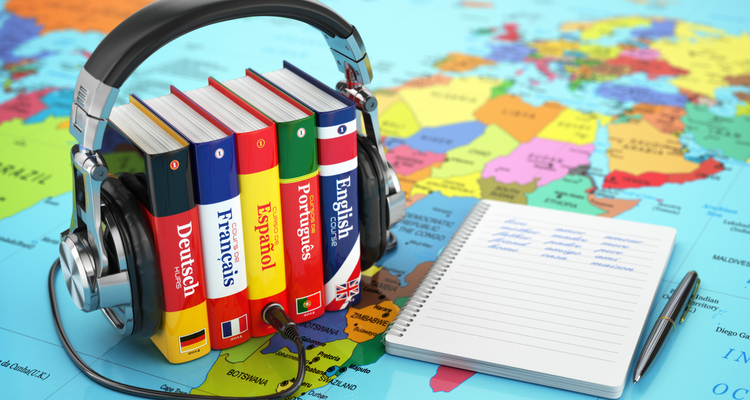In the automotive industry, there has long been open access to the global market for companies and factories. This has meant that business leaders have needed to consider the pitfalls and nuances required for translating technical manuals. Unfortunately, for many companies, the broad profile translators they have hired previously are not able to manage such a task given the nuances required. Many companies now seek technical translators who can cope with the subtleties such tasks need. Let us take a closer look at the issues that translating technical manuals can bring to the automotive industry.
Issues with Technical Translation
Technical translation simply means translating technical and scientific materials such as manuals, instructions, company charters, memos, and other documentation. Such techs are often highly specialized and include industry-specific terminology. Being a high-class translator and sometimes even a native speaker is not enough to be able to manipulate this sort of terminology accurately. To understand the details and the nuances that are fitting to the automotive industry, a translator needs to have had special instruction in the field and be able to understand the details of the terminology.
One problem that technical translation brings to the table is the fact that linguists, in general, tend to have a humanitarian mindset. The majority of translators understand language specifics and intricacies well but are not so well versed in technical terms. A translator with an education that also includes technical specialties is a precious commodity. Yet, such translators are scarce, even in large cities. As such, many companies continue to use broad-based translators who have access to specific literature and industry dictionaries to enable them to carry out technical translations. However, sometimes, the nuance needed is just not there.
Technical Text Specifics
Automotive texts need to be translated scientifically, with little personality or emotion. Artistic expression is not welcome. A specialist translator would take the form of the text into account as each style has its own features. The features of instructions will be different from that of a manual or automotive memo. There is no room for free interpretation or loss of content to which artistic translators may be accustomed.
There are many types of technical texts that need translating in the automotive industry including:
- Training manuals
- User manuals
- Automotive catalogs
- Diagnostic manuals
- Service manuals
- Parts systems
- Engine specifications
- Warranty books
- Website information
- Marketing materials
- Database files
- Technical documents
In translating automotive manuals, strict rules apply. Style, semantics, and logic are all essential as is maintaining the text’s structure including that of the individual elements.
Translator Requirements
Asking a translator for their credentials is, of course, an important part of ensuring that the work they will do will meet the nuances required. Some companies believe that the most important factor is a thorough knowledge of the language. Others would argue that the technical education of the translator is more important. Additionally, many believe that only bilingual individuals trained in the technical field are the only ones suitable for the job. And, as mentioned, finding those is akin to looking for a needle in a haystack! Two translators working in tandem is one solution. A narrow specialist can translate specific terminology and the linguist edits the text to ensure language accuracy. To solve such issues, many companies hire their own translators so that they can train them to become more familiar with their industry’s nuances.
Dealing with Technical Inaccuracies
At times, a translator may find that they are translating a technical text that is inaccurate and contains errors. However, it is important in these situations that the translator continues to translate the text as presented initially, preserving any meaning in full. This applies even if there is false information included. The best course of action, in this case, would be to draw attention to the error in the original documents and refer to the person responsible.
Graphics
Technical documentation and in particular those in the automotive industry often requires translation of drawings and charts. Such graphics will also need to be translated for the intended audience. This includes localization such as translating units to metric or imperial. This will no doubt mean many edits including recalculating certain parameters. Many companies forbid the translator to do such localizations on their own initiative, instead, they require the support of technical specialists such as those working with Circle Translations. We have our own automotive translation specialists.
Automotive Manual Nuances
There are specific requirements needed for text in automotive manuals. These include:
- No conversational structures.
- No false interpretations or innuendo.
- Abbreviations must be deciphered.
- Sentences should be structured in an impersonal style.
- The translation should use appropriate punctuation style for the target language, such as inverted commas in a certain style (i.e., chevrons).
- National and international standards should be referred to in their original language but with deciphering in brackets.
- If terms appear ambiguous in the target language, the translator can add a footnote indicating “translator’s note.”
Evaluating the Finished Text
Evaluating a translated text must be completed by a technical expert in the field. Software that is used to check accuracy does not apply to translations of technical text as they will not be able to assess its quality or purity concerning its technical nuance.
To Conclude
In conclusion, technical translation such as in the automotive industry needs to be well-coordinated and involve several specialists in their field: the translator(s) and technical experts. In its final version, such a text must fulfill its function educationally as well as be reasonable and clear. It should also convey the necessary specific information including appropriate industry terms unequivocally.
Subtitles

Professional and Accurate Subtitle Services for your Videos.
- Video subtitles specifically tailor-made for improving accessibility.
- Using highly experienced subtitlers with years of industry experience.
- Professionally written and expertly timed.
Translation

We help the world’s top companies translate their content in over 73 languages!
- We localize content for internet websites, games, travel, cryptocurrencies, and more
- Expand your global audience by adding different languages.
- We work only with qualified translators and experienced content creators
Audio translation

Ensuring full accessibility for Blind and visual impaired audiences.
- Visual descriptive events as they occur in the video.
- Working with top audio describers to perfectly describe what is happening on-screen
- Professional sound recording.


